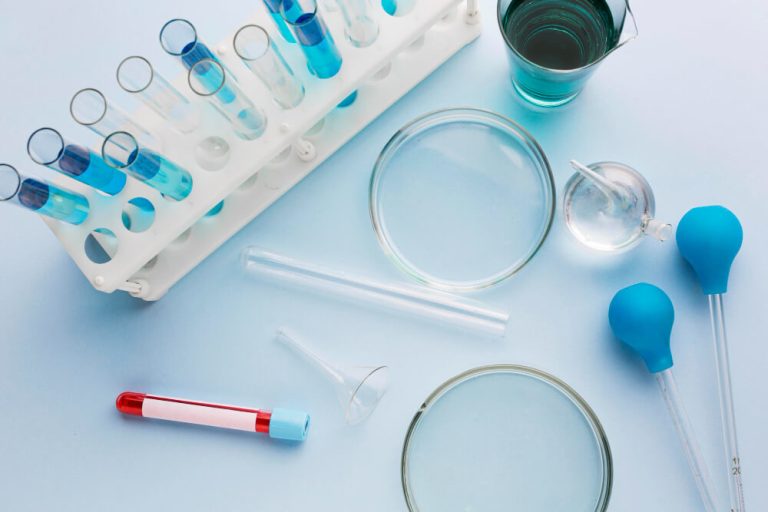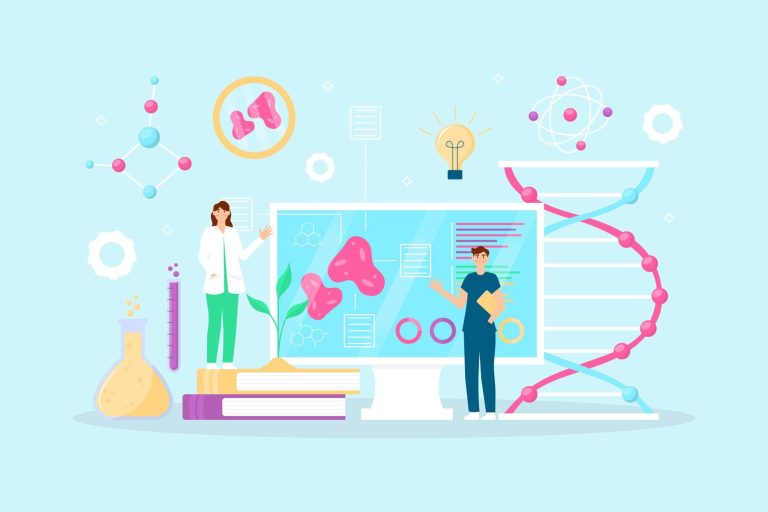The Ultimate Guide to Biohacking Clinics: Upgrading Your Health from the Inside Out
In a world obsessed with optimization, from our smartphones to our work schedules, it was only a matter of time before we turned that same lens inward to our own biology. This is the core premise of biohacking: the art and science of changing your environment, both internal and external, to take control of your own biology. It’s a proactive approach to wellness that moves beyond simply avoiding sickness and aims for peak performance in every aspect of life.
While the term might conjure images of tech billionaires with home labs, the movement has evolved into something far more accessible and scientifically grounded. At the forefront of this evolution is the modern biohacking clinic, a sophisticated facility that bridges the gap between traditional medicine and human potential. These centers are not your typical doctor’s offices; they are data-driven wellness hubs designed to help you function at your absolute best.
Instead of waiting for a diagnosis, clients at these clinics seek to fine-tune their systems for enhanced energy, sharper cognition, improved physical resilience, and a longer, healthier lifespan. They use cutting-edge technology, advanced diagnostics, and personalized protocols to help you understand and upgrade your unique biological blueprint. It’s about moving from a baseline of ‘not sick’ to a new peak of ‘fully optimized’.

What Are the Origins of Biohacking?
Biohacking didn’t emerge from a corporate boardroom or a university lab. Its roots are firmly planted in a DIY, citizen-science ethos. The movement was born from individuals who were frustrated with the limitations of conventional medicine, which often focuses on treating symptoms rather than addressing root causes or optimizing for peak performance.
Early biohackers were experimenters, using themselves as test subjects. They meticulously tracked their sleep, diet, and exercise, using wearable technology and continuous glucose monitors long before they became mainstream. They shared their findings in online forums and blogs, creating a global community dedicated to self-improvement through science.
Figures like Silicon Valley investor and author Dave Asprey played a pivotal role in popularizing the concept. He brought ideas like ‘bulletproof coffee’ and the importance of dietary fats for cognitive function into the public consciousness. His work demonstrated a powerful idea: you don’t have to accept the biological hand you were dealt. You can actively work to improve it. This shift in mindset from passive patient to active participant is the true legacy of the early biohacking movement.
As interest grew, so did the demand for more sophisticated and safer methods. The DIY approach, while empowering, had its limits and risks. This created the perfect environment for the emergence of professional biohacking clinics, where the spirit of experimentation could be combined with medical oversight, advanced technology, and evidence-based protocols. The movement matured from the garage to the clinic, making optimization accessible to a wider audience.

How Does a Biohacking Clinic Differ from a Regular Doctor’s Office?
The fundamental difference lies in the objective. A traditional medical practice is built on a reactive model. You go to the doctor when you are sick or injured, and the goal is to diagnose the ailment and return you to a state of ‘normal’ health. The focus is on disease management and treatment.
A biohacking clinic, on the other hand, operates on a proactive model centered on optimization. The clients who walk through the door are often already healthy by conventional standards. They aren’t looking to fix something that’s broken; they are looking to upgrade a system that is already working. The goal isn’t just to live longer, but to live better, with more vitality and clarity at every stage of life.
This philosophical difference is reflected in their methods. While your family doctor might run a standard blood panel once a year, a biohacking clinic will perform a deep dive into your biology. This can include comprehensive biomarker analysis, genetic testing to identify predispositions, microbiome analysis, advanced hormone panels, and cognitive function tests. They gather hundreds of data points to create a high-resolution picture of your current biological state.
From this wealth of data, they develop a personalized protocol. It’s not about prescribing a pill for a symptom. It’s about implementing a multi-faceted strategy that might include targeted supplementation, specific dietary changes, and a suite of advanced therapies designed to enhance cellular function, reduce inflammation, and boost cognitive and physical output. It’s a shift from ‘one-size-fits-all’ medicine to ‘n-of-1’ optimization.

What Kinds of Technologies and Therapies Can You Find in a Clinic?
Stepping into a biohacking clinic can feel like stepping into the future of wellness. These centers are equipped with state-of-the-art technologies that were once the exclusive domain of elite athletes or research institutions. Each therapy is designed to trigger a specific, beneficial response in the body.
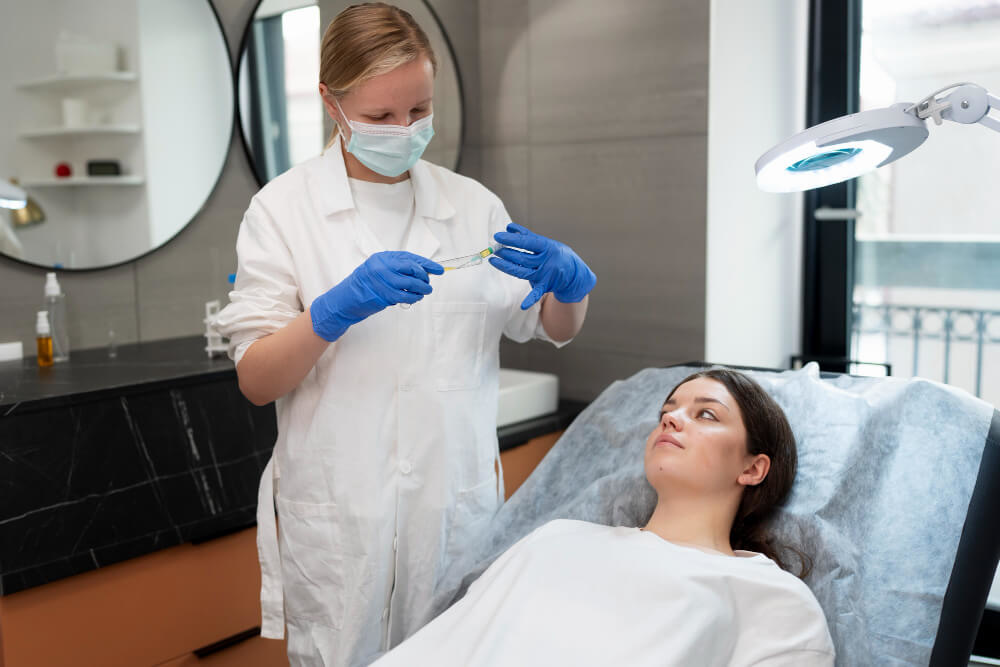
Can Light Therapy Really Improve Your Cells?
One of the most common technologies you’ll encounter is red light therapy, also known as photobiomodulation. This involves exposing the body to specific wavelengths of red and near-infrared light. It might sound simple, but the biological effects are profound. This light penetrates the skin and is absorbed by the mitochondria, the powerhouses within our cells.
This absorption helps the mitochondria produce adenosine triphosphate (ATP) more efficiently. ATP is the primary energy currency of the cell. More efficient ATP production means your cells have more energy to perform their functions, whether it’s repairing tissue, reducing inflammation, or producing collagen. Companies like Joovv have developed powerful, full-body panels that make this therapy accessible and effective.
Clients use red light therapy for a wide range of benefits. It’s known to accelerate muscle recovery after workouts, improve skin health by boosting collagen and elastin, reduce joint pain and inflammation, and even enhance sleep quality by helping to regulate circadian rhythms. It’s a non-invasive way to supercharge your cells from the inside out.
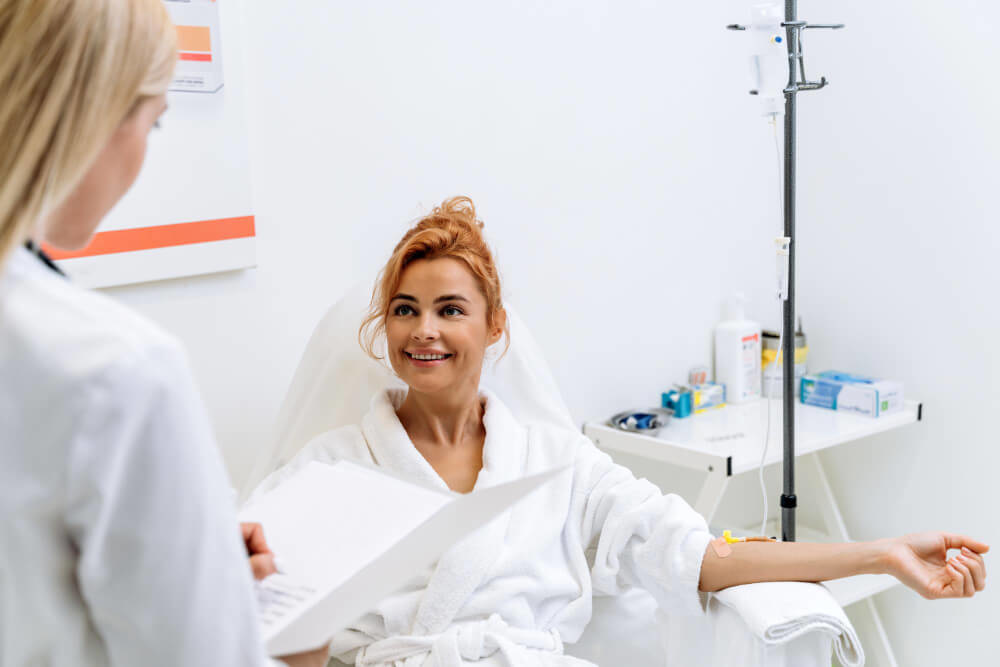
How Does Cold Therapy Boost Your System?
On the opposite end of the temperature spectrum is cryotherapy. This involves exposing the body to extremely cold temperatures, typically between -150°F and -250°F, for a very short period, usually two to three minutes. This is done in a specialized chamber or cryosauna.
The intense cold triggers a powerful physiological response. Your body goes into survival mode, shunting blood from the extremities to the core to protect vital organs. When you step out of the chamber and begin to warm up, this oxygen-rich blood flows back to the rest of your body, flushing out inflammation and metabolic waste products.
This process, known as hormesis, is a ‘beneficial stressor’. It stimulates the release of norepinephrine, a hormone and neurotransmitter that can dramatically reduce inflammation and elevate mood. Users report a significant boost in energy, mental clarity, and a reduction in chronic pain. It’s also used by athletes to speed up recovery and reduce muscle soreness.
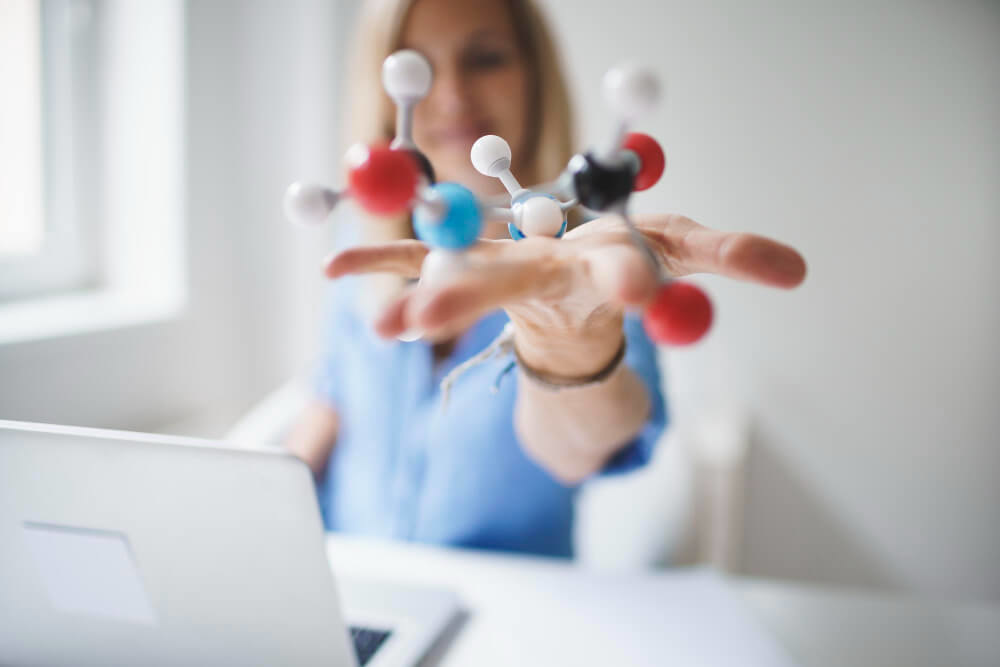
What Is IV Nutrient Therapy?
While oral supplements are beneficial, their absorption can be limited by the digestive system. IV nutrient therapy bypasses the gut entirely, delivering a high concentration of vitamins, minerals, and antioxidants directly into the bloodstream for 100 percent bioavailability.
This allows for much higher doses of certain nutrients than could be tolerated orally. For example, high-dose Vitamin C is a popular IV therapy used to boost the immune system and fight oxidative stress. Other common ingredients in these customized ‘drips’ include B vitamins for energy, magnesium for relaxation and muscle function, and glutathione, the body’s master antioxidant.
Clinics create custom formulations based on a client’s specific needs, identified through their diagnostic testing. Someone feeling run down might get an energy-boosting cocktail, while an athlete might receive a drip focused on recovery and hydration. It’s a highly efficient way to correct nutritional deficiencies and give your body the raw materials it needs to perform optimally.
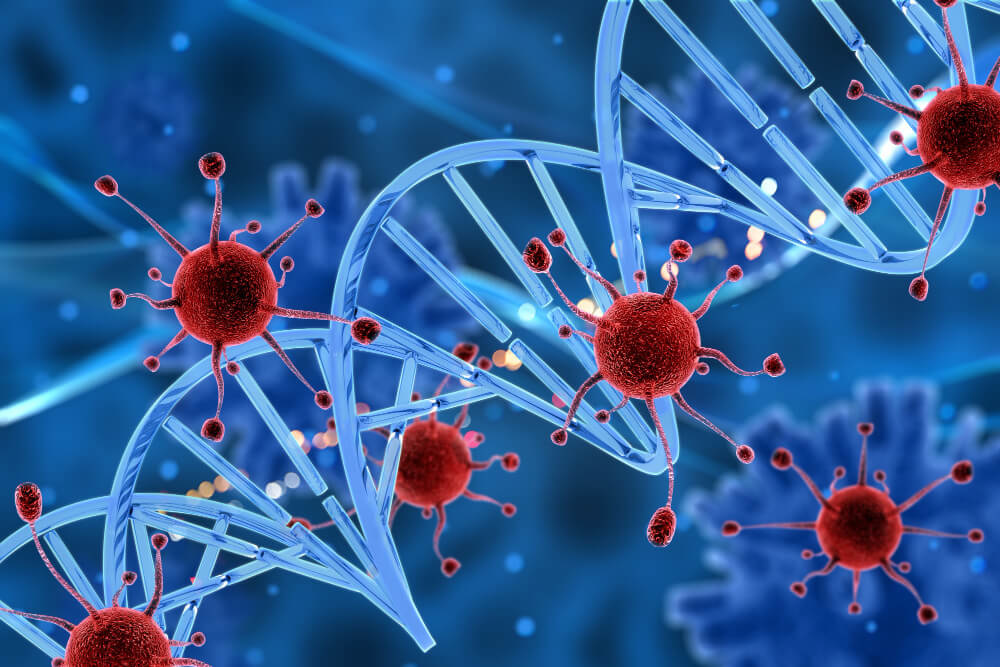
Can You Really Upgrade Your Brain?
Cognitive enhancement is a major focus of biohacking. Clinics employ several technologies to improve focus, memory, and mental processing speed. The most prominent of these is neurofeedback. This is essentially physical therapy for your brain.
During a neurofeedback session, sensors are placed on your scalp to measure your brainwave activity in real-time. This activity is displayed on a screen, often in the form of a game or visual display. Your task is to control the game using only your brain. When you produce the desired brainwave patterns, such as those associated with calm focus, you are rewarded with positive feedback. Over time, this process trains your brain to enter and maintain these optimal states more easily.
Some centers offer highly intensive programs for profound change. For example, the 40 Years of Zen program is a well-known, immersive neurofeedback experience designed to help high-performers achieve deep states of calm and insight. Other brain-focused technologies include transcranial magnetic stimulation (TMS) and pulsed electromagnetic field (PEMF) therapy, which use magnetic fields to stimulate neural activity and promote brain health.

What Are Advanced Regenerative Treatments?
Beyond optimizing existing systems, some clinics delve into the realm of regenerative medicine. These are the most cutting-edge treatments, aimed at repairing and rejuvenating tissues at a cellular level. One of the key areas of focus is exosome therapy.
Exosomes are tiny vesicles that cells use to communicate with each other. They carry important signaling molecules like proteins and RNA. When introduced into the body, exosomes derived from young, healthy stem cells can deliver these regenerative messages to older or damaged cells, encouraging them to repair themselves.
This is a highly specialized field, and the quality of the product is paramount. For anyone considering such a therapy, understanding exosome characterization and lab reports is absolutely essential to ensure safety and efficacy. These treatments hold immense promise for addressing age-related decline and promoting systemic rejuvenation.
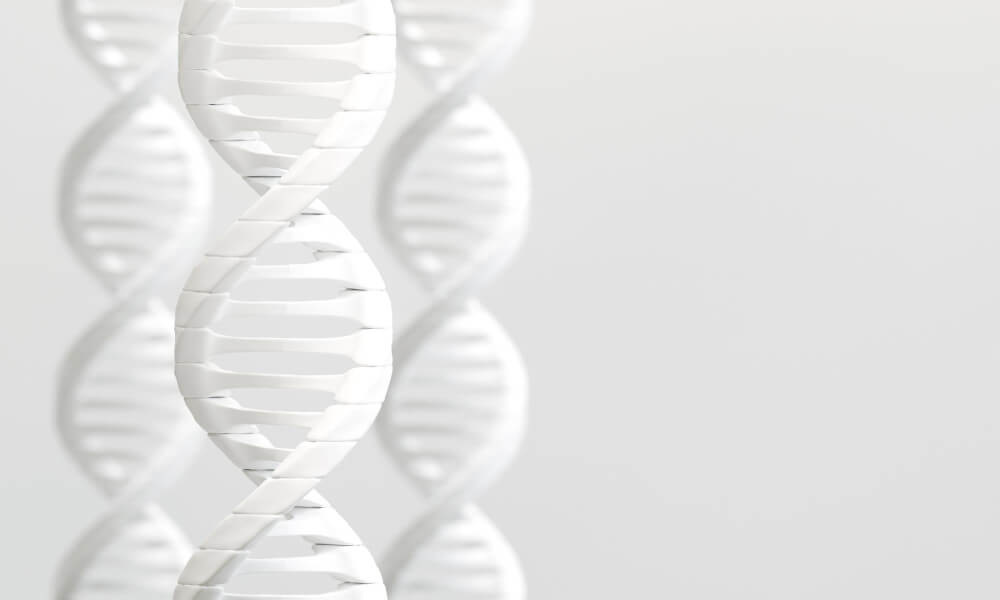
Who Should Consider Visiting a Biohacking Clinic?
The clientele of a biohacking clinic is surprisingly diverse. It’s not just one type of person seeking optimization. High-performing executives and entrepreneurs are common clients. They are looking for a competitive edge, seeking to enhance their mental clarity, resilience to stress, and energy levels to keep up with demanding schedules.
Athletes, both professional and amateur, are another major group. They use biohacking to accelerate recovery, prevent injuries, and push their physical performance to new limits. The data-driven approach allows them to fine-tune their training and nutrition with incredible precision.
Another significant group includes individuals dealing with chronic, low-grade health issues that conventional medicine has struggled to resolve. People with persistent fatigue, brain fog, or stubborn inflammation often find answers in the comprehensive diagnostic approach of a biohacking clinic, which can uncover root causes like hidden food sensitivities, hormonal imbalances, or mitochondrial dysfunction.
Finally, there is a growing number of people who are simply passionate about longevity. They are not waiting for age-related decline to set in. They are proactively investing in their health to extend their ‘healthspan’, the number of years they live in good health and full function, not just their lifespan.

How Do You Choose the Right Biohacking Clinic?
As the popularity of biohacking grows, so does the number of clinics. Choosing the right one is crucial for both safety and results. The single most important factor is the level of medical supervision. A reputable clinic will be led by or have on-staff licensed medical professionals, such as medical doctors (MDs), doctors of osteopathic medicine (DOs), or nurse practitioners.
Look for transparency and a focus on evidence. The clinic should be willing to explain the science behind their therapies and provide evidence to support their claims. Be wary of any center that promises miraculous, overnight cures or uses high-pressure sales tactics. True optimization is a journey, not a quick fix.
Investigate the qualifications of the entire team. A good clinic often has a multidisciplinary staff that may include health coaches, nutritionists, and technicians, all working under medical direction. The professionalization of this field is growing, with organizations like the American Academy of Anti-Aging Medicine providing advanced training and certification for physicians in functional and regenerative medicine.
Consider the clinic’s philosophy. Do they offer personalized protocols based on your unique data, or do they push a standard menu of services on everyone? The best clinics are committed to personalization. Exploring the business model for a biohacking center can give you insight into what distinguishes a patient-focused, sustainable practice from a less scrupulous one.
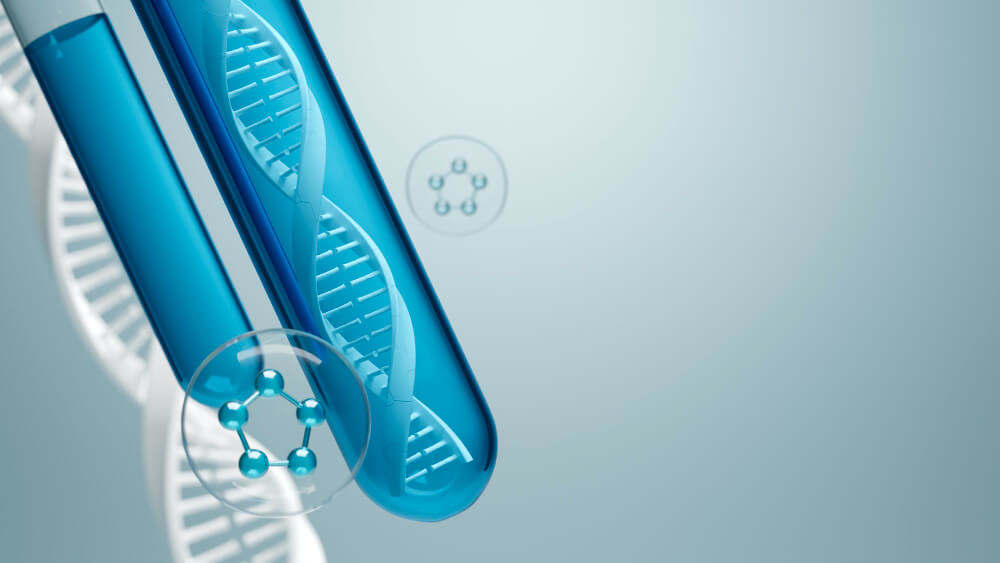
What Are the Ethical Considerations of Biohacking?
As these technologies become more powerful, they raise important questions. The conversation around the ethics of human enhancement vs medical treatment is a critical one. Where do we draw the line between healing a condition and augmenting a healthy human beyond the normal range? This is a question society is still grappling with.
Accessibility is another major concern. Currently, many of these advanced therapies are expensive, making them available primarily to the wealthy. This raises the specter of a ‘biological divide’, where those who can afford it can purchase enhanced health and longevity, while others cannot. As technology advances, a key challenge will be to make these benefits more equitable and accessible.
Safety and regulation are also paramount. The field is evolving rapidly, and sometimes the technology outpaces the research. It’s vital that clinics adhere to strict safety standards and prioritize therapies that are backed by solid scientific evidence. The responsibility falls on both the practitioners to be ethical and the clients to be informed consumers.

What Does a Typical First Visit Look Like?
Your journey at a biohacking clinic typically begins with a deep and comprehensive intake process. This is far more than just filling out a form. You’ll have an in-depth consultation with a clinician to discuss your health history, your lifestyle, and most importantly, your goals. What do you want to achieve? Better focus? More energy? Slower aging?
Next comes the data collection phase. This is the cornerstone of the entire process. It will almost certainly involve a comprehensive blood draw to analyze dozens, if not hundreds, of biomarkers related to inflammation, hormones, nutrients, and organ function. This may be supplemented with genetic testing, a body composition scan like a DEXA, and cognitive assessments.
Once all this data is collected and analyzed, you’ll have a follow-up consultation. During this meeting, the clinical team will walk you through your results, explaining what the data means in the context of your goals. They will connect the dots between your biomarkers and the symptoms or aspirations you described. This is where you get your personalized roadmap. This protocol will outline a plan that could include dietary adjustments, a targeted supplement regimen, and a schedule of in-clinic therapies designed specifically for you.

What Is the Future of Biohacking Clinics?
The field of biohacking is still in its early stages, and the future is incredibly exciting. We can expect to see even greater personalization as artificial intelligence is used to analyze vast datasets and predict which interventions will be most effective for a specific individual’s genetic and biological makeup.
Technologies will become more powerful, more precise, and hopefully, more affordable. Wearable sensors will evolve to provide continuous, real-time data on a wider range of biomarkers, allowing for dynamic adjustments to your health protocol. The line between the clinic and home will blur, with more therapies becoming available for personal use.
Ultimately, the biggest impact of the biohacking movement may be its influence on mainstream medicine. As more people demonstrate the power of a proactive, data-driven approach to health, it will inevitably push the conventional medical system towards a greater focus on prevention and optimization. The biohacking clinic of today is a preview of the personalized, preventative healthcare of tomorrow.
Frequently Asked Questions

What are the primary legal and ethical considerations for a practitioner recommending nootropics?
When integrating nootropics, practitioners must navigate the complex landscape separating dietary supplements from prescription drugs. It is crucial to operate strictly within your professional scope of practice and avoid making unsubstantiated medical claims about curing or treating specific diseases, which can lead to action from regulatory bodies like the FDA. Clearly communicating that most nootropics are supplements intended to support cognitive function, rather than drugs, is a key legal safeguard.
Ethically, the principle of "first, do no harm" is paramount, requiring a commitment to informed consent and full transparency. This involves honestly discussing the current state of evidence for any recommended substance, including its limitations and potential side effects. Practitioners should also manage client expectations realistically and prioritize their well-being above any commercial interest in selling products.
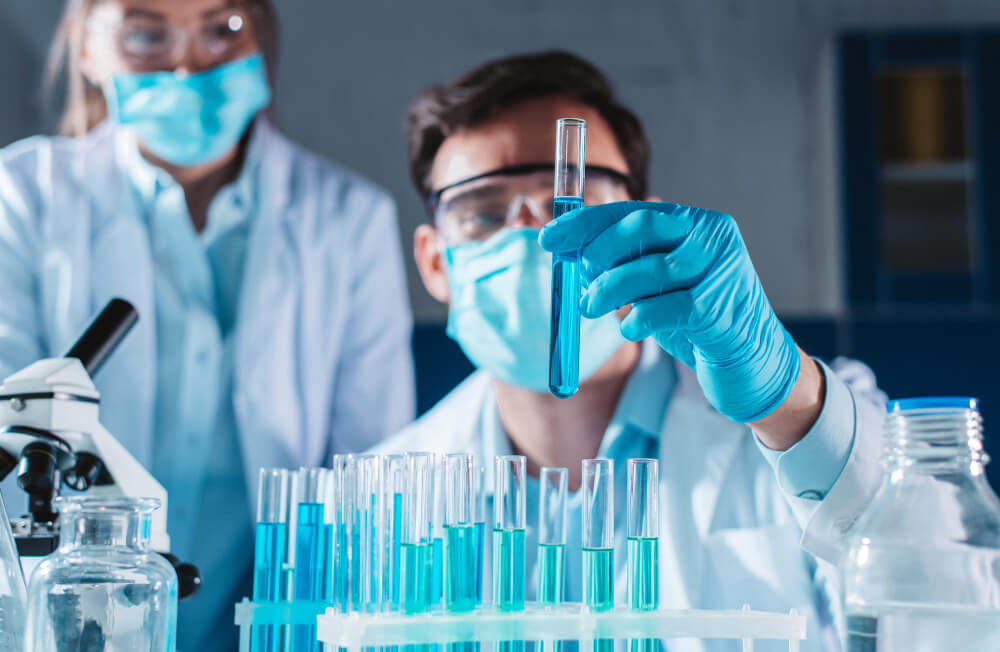
How can I effectively monitor a client’s progress and safety when introducing cognitive enhancers?
Effective monitoring begins by establishing a clear baseline before the client starts any new regimen. Utilize standardized cognitive assessments, subjective questionnaires, or performance tracking on specific tasks to create a benchmark for future comparison. It is also best practice to start with a single ingredient at a low dose to accurately gauge its effect and minimize the risk of adverse reactions.
Once the regimen begins, schedule regular check-ins to discuss both perceived benefits and any negative effects, no matter how minor. Encourage the client to keep a simple daily journal tracking key metrics like focus, energy levels, mood, and sleep quality. This combination of objective data and subjective feedback provides a holistic view of the client’s response and allows for timely, responsible adjustments.
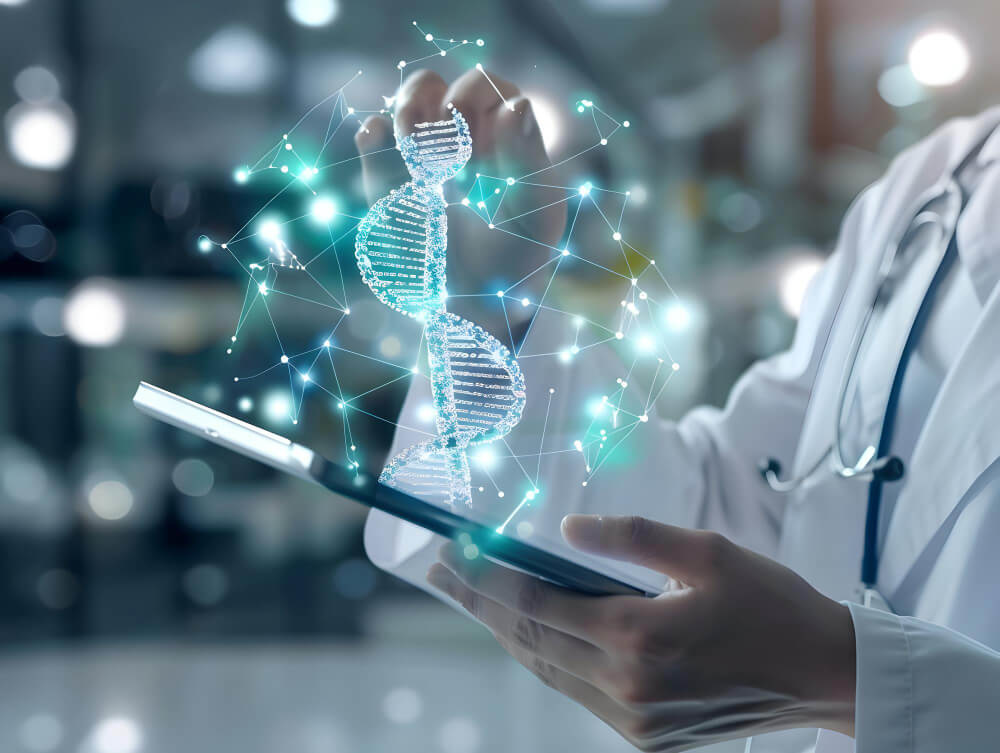
How should I approach discussing nootropics with clients who are already on prescription medications?
The first priority when a client is on prescription medication is to conduct a thorough review of their health history and current drug regimen. You must research potential interactions between the proposed nootropic and their existing medications, as certain compounds can affect drug metabolism or have additive effects. Consulting professional drug interaction databases or collaborating with a clinical pharmacist is a highly recommended step to ensure patient safety.
Open communication and collaboration are essential for managing risk in this scenario. You should strongly encourage your client to inform their prescribing physician about any supplements they plan to take. This ensures the primary care provider is aware of all substances the patient is using and can monitor for potential contraindications or side effects, creating a safer and more integrated approach to their overall health.
Discover the most comprehensive functional medicine training, longevity training, and biohacking certification programs designed specifically for healthcare professionals, medics, and clinic owners who want to master regenerative medicine protocols and anti-aging therapies.


